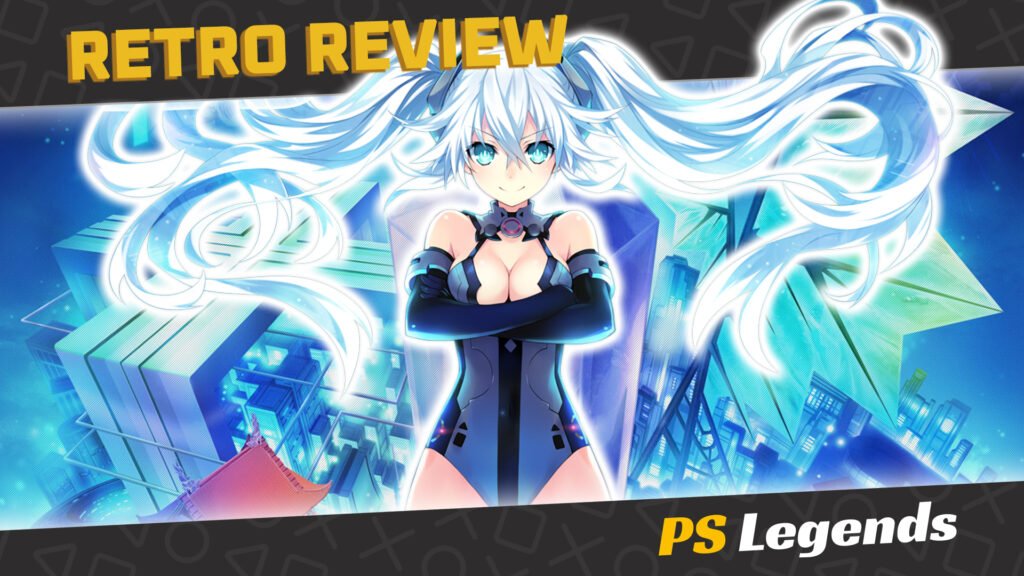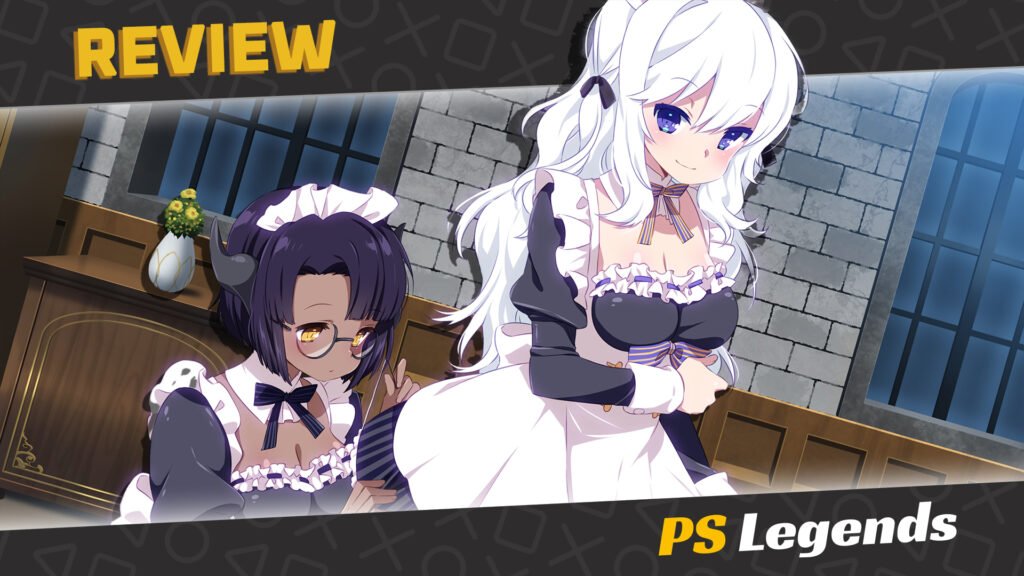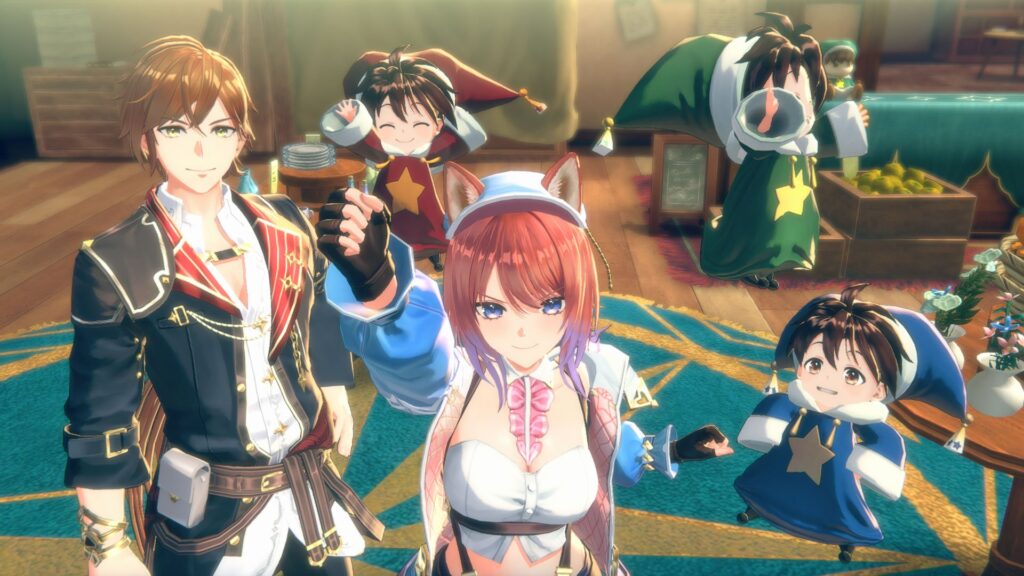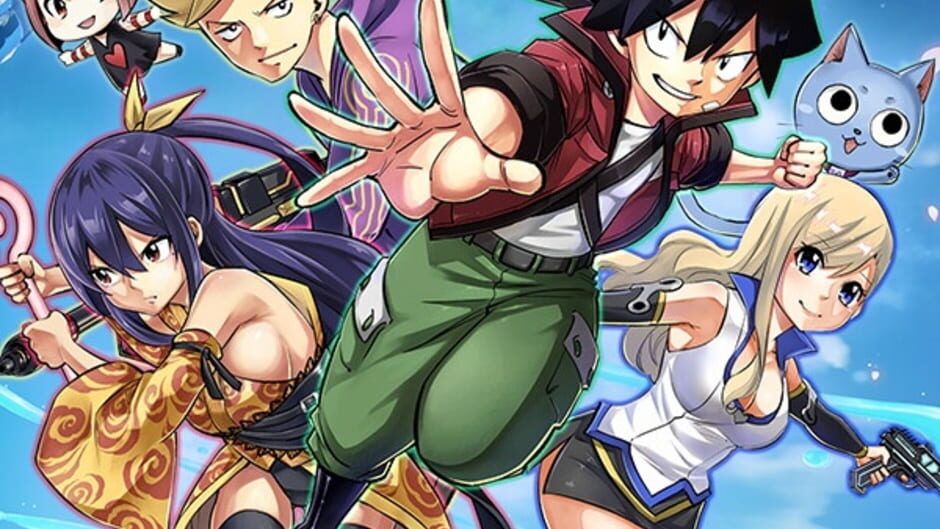It’s hard to believe that once upon a time, early in the development of the original Hyperdimension Neptunia game, our beloved Neptune wasn’t even a sketch in designer Tsunako’s notebook. Instead, the series that would make its home on PlayStation consoles for the following decade, was once planned to be fronted by an elegant young woman with jet-black hair; her name would match her colour-scheme, Noire. Noire would instead be demoted to a playable yet secondary character in the series, yet many would still wonder if she still had the potential to carry her very own game.
On This Page
Introduction
Hyperdevotion Noire: Goddess Black Heart is a tactical strategy role-playing game developed by Compile Heart and Sting Entertainment. Where previous games in the Hyperdimension Neptunia series are usually turn-based JRPGs with some tactical components such as elemental attacks and positioning advantages, Hyperdevotion Noire makes the small shift into full Strategy-RPG territory.
The game is a spin-off title in the Neptunia game series featuring Noire as the main character this time, with Neptune now in a playable but secondary role. A plethora of new characters also join the roster as ‘Generals’, representative of various popular Japanese gaming franchises. The game was released in Japan in May, 2014, and in North America and Europe in February 2015. It was a PlayStation Vita timed-exclusive.

Story
Unlike previous Neptunia games, Hyperdevotion Noire is not set within the world of Gamindustri but instead in a similar, parallel world known as Gamarket. Historically, this world is closer to the ‘Superdimension’ featured in the original Hyperdimension Neptunia console game, rather than the recurring ‘Hyperdimension’ featured in most mainline entries. This is largely due to the simplified hierarchy of ‘CPU’ goddesses ruling the world, with only four CPUs rather than each also having a varying number of sister ‘CPU Candidates’ to share ruling duties.
The goddesses of each of the four nations battle against one another for supremacy and eventual control over the world. Today, the near-endless battle is about to reach its climax, however just as Noire (who personifies the Sony PlayStation series) is one step away from complete world domination by finally defeating rivals Neptune, Blanc and Vert with her powerful army of Generals (game series representations), each of the goddesses’ powers are taken away by an unknown force.
Noire, feeling responsible for the goddesses’ misfortune due to placing her trust in a scheming familiar woman named ‘Eno’, allies with the oracle Histoire and the other goddesses in order to reclaim their ‘Share’ power and save the world from destruction from a sudden monster outbreak. Noire and the other goddesses must cooperate with one another and rally their armies with the aim of liberating Gamarket from a genuine enemy.
In order to transform into their goddess forms, CPUs require Share energy to boost their powers, but with her supply of Shares depleted, Noire will require the faith of new supporters to regain her edge. This is where the player comes in, who takes on the additional role of Noire’s newly-appointed ‘Secretary’ who the cast will speak to from a second-person perspective.
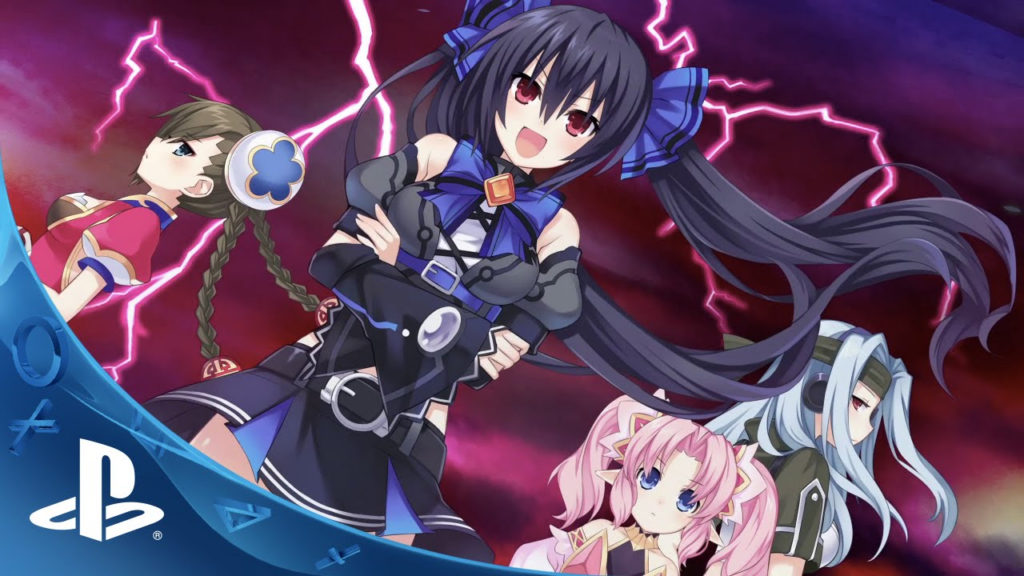
Gameplay
As a tactical RPG rather than a traditional JRPG, Hyperdevotion Noire features chibi representations of its characters which battle against enemies on a grid map. The gameplay is turn-based, and map elevation affects characters’ abilities and mobility; certain units are more capable of climbing to higher terrain than others, and units will also take damage from falling.
Field maps feature various interactive objects, including rail cars, flaming pits, logs, artillery batteries, laser beams and moving platforms. Each of the playable characters move by traveling along each square of the map grid, however certain larger enemies are able to take up more than one square on the map grid. Prior to beginning a mission, the player is able to select characters as participating units, equip them, and designate a squad leader.
Akin to various other tactical RPG games, the battle system is separated into player and enemy phases, where each side takes turns in moving characters and executing commands. There is a new mechanic known as ‘Lily Boost’, which involves adjacent units developing bonds from their camaraderie that grant special skills and abilities such as goddess transformations which provide significant advantages in battle.
During battle, characters can become affected by a series of status ailments which limit character efficiency; These include zombification, cowardice, infatuation, turning into tofu, and becoming ‘8-bit’. Usable items can be crafted from raw materials. The player is also able to customise Noire’s room within ‘Sim Noire’ mode, using furniture purchasable with in-game points.
When starting a New Game, you’ll be given the option to start off with Easy, Normal, or Hard difficulty. Difficulty does not affect the rewards available during the game, so you can pick any difficulty you wish without penalty. Note that you cannot change the difficulty after starting a new game, however you can make the game easier by choosing the ‘Make it easier…’ option should you encounter a Game Over screen.

Graphics/Sound
Returning from the previous games are the pretty 2D character sprites used in cutscenes which feature superb detail and simple animations, however these are replaced with chibi-style 3D models during battles. While cute character representations have been used before in the series as 2D ‘Chirper’ avatars, this is the first time a 3D version has been used and can be quite different from what we’ve seen before.
By switching to strategic battle stages rather than chosen dungeons, we’re rather limited to small, contained arenas for battles rather than grand, sprawling environments. Each are rather basic in design and equipped with only the basics in terms of terrain diversity and textural details.
The music is a mixed bag, with most tracks returning once again from the older games, which at this point have rather overstayed their welcome. This isn’t so much an issue with the voice cast though, since every series regular makes their welcome return and do a stellar job as always. The voice work for the new General characters is also of a similarly high standard.

Replayability/Trophies
The trophy list itself is somewhat of a grind. Like other Hyperdimension Neptunia titles, you will have to grind up every character to Lv. 99. There’s a total of 22 characters so it can get tedious. The biggest grind however, is maxing out all Lily Ranks to 100. You will spend most of your time grinding these out if you decide to go for the platinum trophy.
Fortunately, there are also only two ending-related trophies, so you don’t have to worry too much about triggering missable events like in previous titles. If you meet the requirements for the ‘true’ ending, you can conveniently select which ending that you want after defeating the final boss. However, you can technically miss one or the other ending if you overwrite your save data onto New Game+ after restarting the game. Make sure you keep an old save-file to return to.

Conclusion
It’s quite a lot of fun to work out which iconic PlayStation-featured series each General represents. Some are easy enough to work out, such as Lee-Fi, a girl in a Chinese dress and hair buns, a parody of Chun-Li from Capcom’s Street Fighter series, and Lid, a woman wearing a bandana and an electronic eyepatch, and capable of hiding in a cardboard box, is a parody of Solid Snake from the Metal Gear Solid series. Some of the others aren’t quite so simple, however each character’s name will give you a big clue.
This is Noire’s story though, and the big question remains: Is Noire protagonist material? And the answer to that question is yes, absolutely. Noire has her own entertaining character arc to follow. She certainly isn’t a clone of Neptune; She’s strong and reliable, if a little anxious at times. Noire is overconfident and even a little patronising in the beginning, but soon comes to learn that she’s nothing without others who believe and trust in her. It makes for a nice story of personal growth.
Of course, there’s more to the main story of Hyperdevotion Noire than just Noire’s development arc, and that side of the story leaves a lot to be desired. Much of the plot feels like a retelling of the events of the original Hyperdimension Neptunia, albeit from Noire’s perspective. There’s more to it than that, of course, but generally there aren’t really any key developments here that we haven’t seen before, and much of this comes down to the main villain being recycled again. I won’t spoil it for newcomers, but this is a face we’ve seen before… a lot.

Sure, the Generals are all fun characters with their own quirks and each will develop their own relationship with Noire through side-content which is pleasing to see, with some events actually getting a little raunchy and fan-service heavy. Even so, I found myself a little overwhelmed with all these guest characters and leaving many on the sidelines in battle, preferring the powerful, transforming CPU goddesses which we know and love, to lead the charge.
Visually, the game also confused me. We’ve still got those gorgeous 2D character sprites outside of battle which we’re accustomed to, yet the disproportionate chibi versions in battle felt more like a nod to similar games such as Disgaea, Mugen Souls and even Shining Force, rather than a faithful 3D conversion which the other games in the series seem to manage without much issue.
There isn’t anything inherently ‘wrong’ with Hyperdevotion Noire: Goddess Black Heart, but there are enough niggles and odd design choices that the game does rather slip down the Neptunia priority list and into the realms of obscurity, and that’s a shame, because I’ve no doubt that the lovely Noire could easily carry a franchise of her own.
Joys
- Noire is a great protagonist
- Outstanding voice-acting as always
- The switch to SRPG isn’t hugely different from the standard battle mechanics used in the other games
Cons
- The chibi versions of the characters just don’t look right
- Much of the story is recycled
- Boring, overused villain
